Memorials are meant for reflection and inspiration. Similar to a museum exhibit and unlike a book, a memorial cannot provide a comprehensive history of its subject matter. So as a historian, I thought I would flesh out some of the history that I thought about when I walk through the Franklin Delano Roosevelt Memorial, so that hopefully readers of these posts might better understand the complexity and nuances of the story they find within it. For those who do get to experience it, I hope that not only do they retain reflection and inspiration, but perhaps are able to deepen their perspective and memory to the experience from my thoughts here.
The Roosevelt Memorial nestled between the Tidal Basin and Potomac River in Washington, DC, tells the story of FDR’s presidency. It is laid out in four outdoor rooms, one for each of his presidential terms. Red South Dakota granite forms the rooms, and water is beautifully used as a symbol and theme throughout the memorial. Water played an important part in FDR’s life. He loved sailing and the US Navy. It was also after swimming in the cold Atlantic waters off Campobello Island that he contracted polio in 1921. He would achieve the presidency despite his handicap.
When the memorial opened in 1997, there was controversy that FDR’s disability was not highlighted. This is an important aspect of FDR’s greatness of spirit that we emphasize today, but can be difficult to capture as FDR deflected attention and importance from his illness while he was alive. A statue of Roosevelt was added to the prologue room of the memorial, which depicts him in his wheelchair, and is popular with visitors today.
After recovering his spirit and political career, Roosevelt was elected governor of New York in 1928. The Great Depression is represented by a single teardrop-shaped fountain at the beginning of the first outdoor room. It should be noted that the Great Depression was an international phenomenon that wreaked havoc across the world; the economic crash in Germany in these years enabled the Nazi party to flourish. For the United States, the stock market crash of October 1929 spread like a disease and had paralyzed the nation’s entire economy by the time FDR was elected president in November 1932.
The main elements of the memorial are granite, water, gardens, statues, and carved quotations from Roosevelt illustrating the themes of each presidential term. FDR’s first term (March 4, 1933–January 20, 1937) was a time of tremendous tumult in American politics. On a personal level, I find this first room of the memorial the least impactful, due to its reliance on seven carved quotations as the main element attempting to convey an extraordinary history.
Historians have argued that there was not one New Deal, but several different stages. In his first term, Roosevelt famously kept the Congress in two special sessions that produced landmark legislation (i.e., the first 100 Days of 1933 and the second 100 days of 1935). In 1933, major legislation poured forth focused on relief of suffering, economic recovery, and reform of the economic system so that future depressions would be prevented. FDR argued that these were mainly emergency, short-term efforts, and the new federal agencies were nicknamed “Alphabet Soup” (examples include NRA for National Recovery Administration; AAA for Agricultural Adjustment Administration; PWA for Public Works Administration; SEC for the Securities Exchange Commission; CCC for Civilian Conservation Corps; FDIC for Federal Depositors Insurance Corporation; and TVA for Tennessee Valley Authority).
Demagogic political figures arose such Father Charles Coughlin, Francis Townsend, and Senator Huey Long of Louisiana, who urged more radical policies to FDR’s New Deal. Many people saw echoes of the European fascist dictators Benito Mussolini and Adolf Hitler, or the Soviet dictator Stalin, in these American radicals. FDR responded politically with legislation designed to provide long-term relief, and head off the appeal of more radical figures with the so-called Second New Deal initiatives of 1935: Social Security, the Wagner Act (which legalized labor unions), and the WPA or Works Progress Administration, which doled out tremendous sums of money on public works projects around the country.
What is missing is any concept of FDR’s foreign policy in these years, although one can make the argument that it is not represented because it was not prevalent. As a historian, I have long thought that FDR’s withdrawal in 1933 from the London Conference (an international conference to discuss cooperative measures to solve the international depression) was a serious mistake. FDR believed that the United States should fix its own economic problems through domestic legislation. He did not want to work with other nations to stabilize the international economy. His withdrawal of the United States was a signal to other nations that they should pursue their own domestic agendas without concern for the international community, an environment that the dictators certainly welcomed. As Germany, Italy, and Japan broke treaties and strengthened their militaries, the first wisps of darkening clouds on the horizon appeared. In the United States, fear of war was already sensitive in the public: FDR signed the first neutrality legislation passed by Congress in August 1935, two months before Mussolini launched the invasion of Ethiopia in October and six months before Hitler remilitarized the Rhineland.
When he was inaugurated in his first term, FDR declared, “The only thing we have to fear is—fear itself!” This quote certainly captured the Roosevelt’s personal spirit and that of his leadership for the American people throughout his first term. I feel that the carved quote and bas-relief are the best focal point for understanding FDR in this first outdoor room of his memorial. In November 1936, FDR won a resounding victory to earn a second presidential term, crushing his opponent in the Electoral College, 523-8, gaining 60.8% of the popular vote and even adding to the massive Democratic majorities in both houses of Congress. Many, including FDR, expected a third version of New Deal legislation. My next post will explore FDR’s second term through the second room of his memorial.
Note: This is the second of six posts about Franklin D. Roosevelt memorials. Read Part One. Part Three. Part Four. Part Five
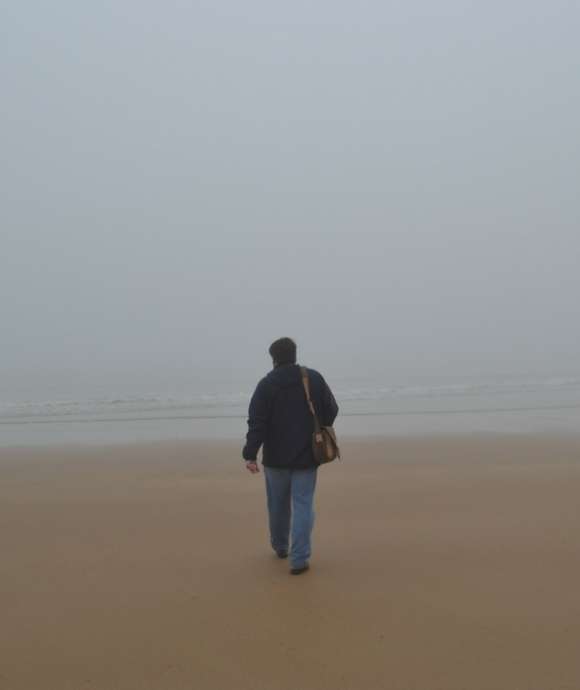
"No matter one’s age, travel is a unique and exciting educational experience. In my work, I have had the opportunity to reflect on history, events, and people in the places where they experienced life. Through the viewfinder, we can not only find history and perspective, but create memory, and evoke our evergreen past."
– Keith Huxen, PhD, Senior Director of Research and History, The National WWII Museum
Keith Huxen
Keith is the former Senior Director of Research and History in the Institute for the Study of War and Democracy at The National WWII Museum.
Cite this article:
MLA Citation:
APA Citation:
Chicago Style Citation:
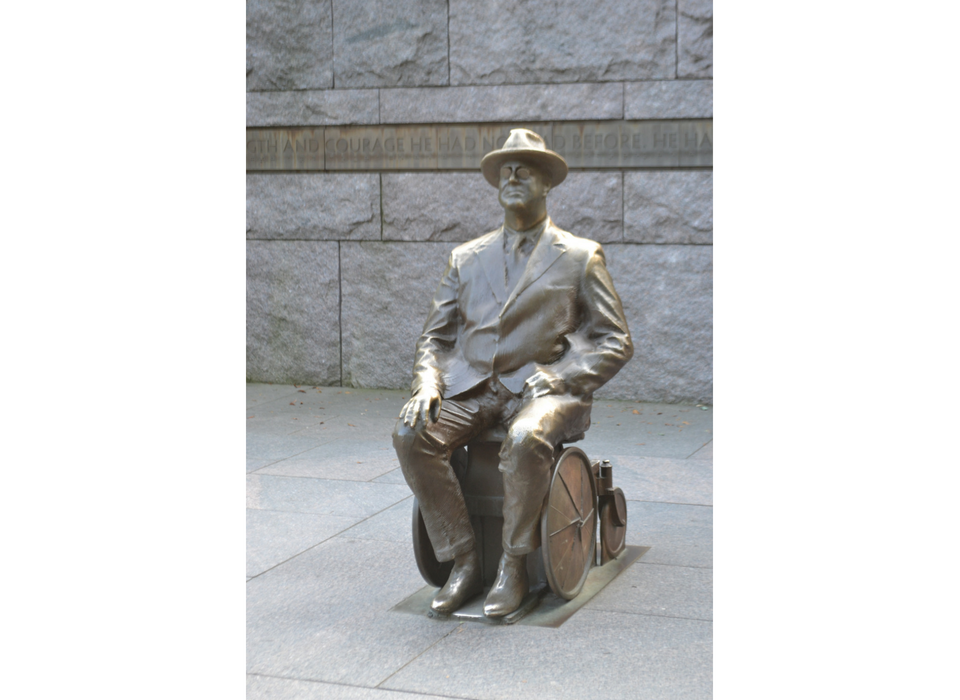
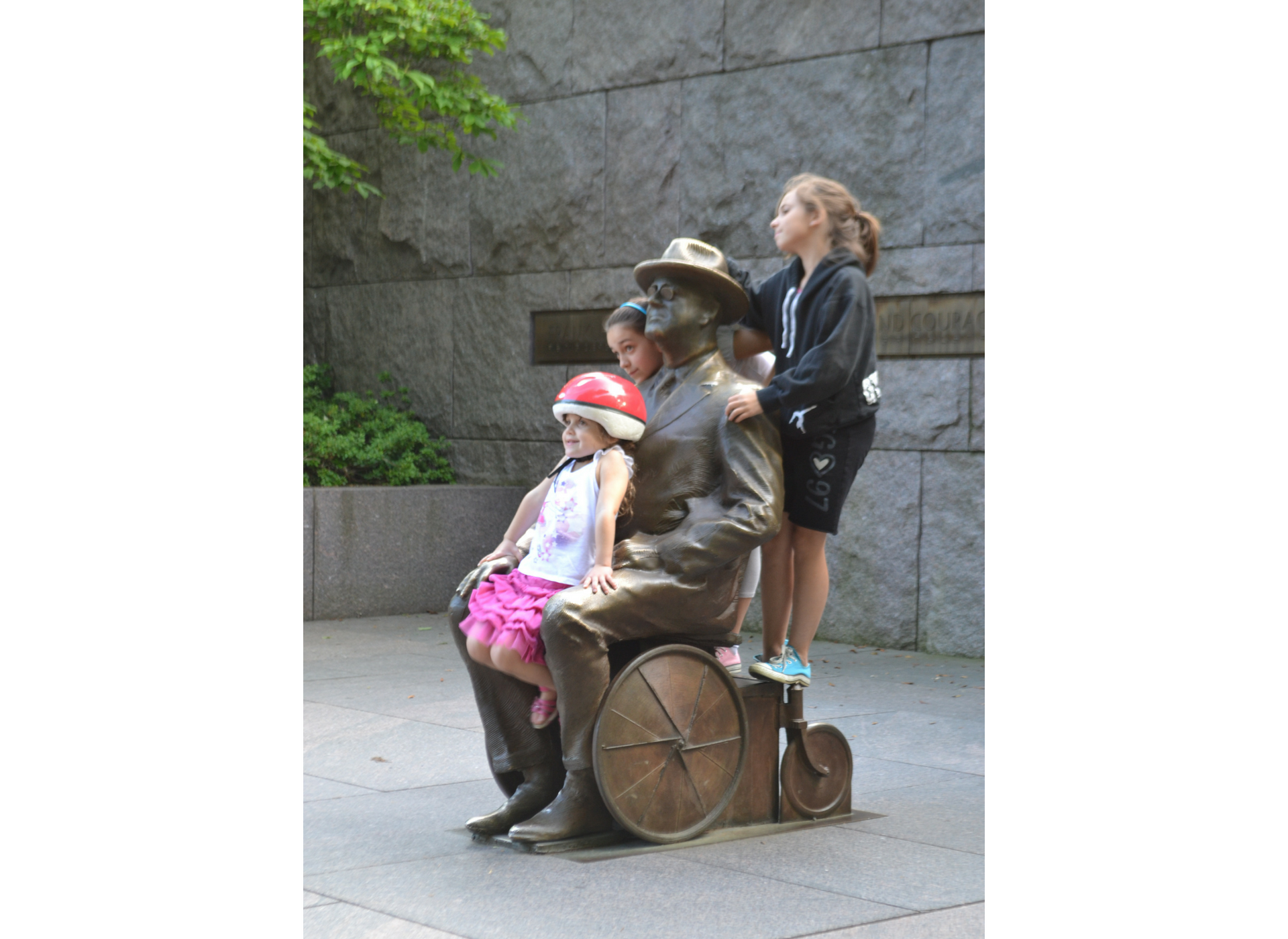
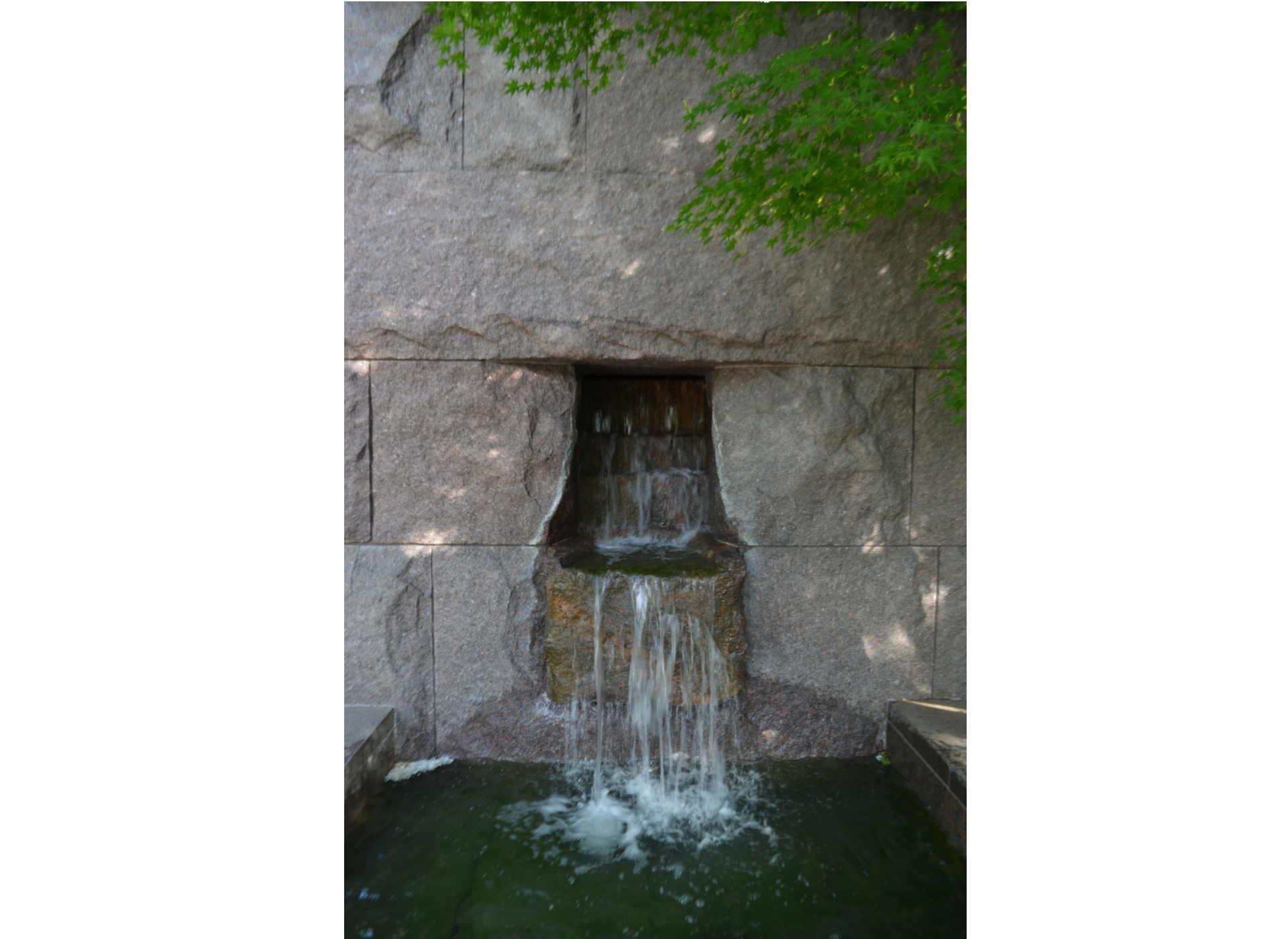
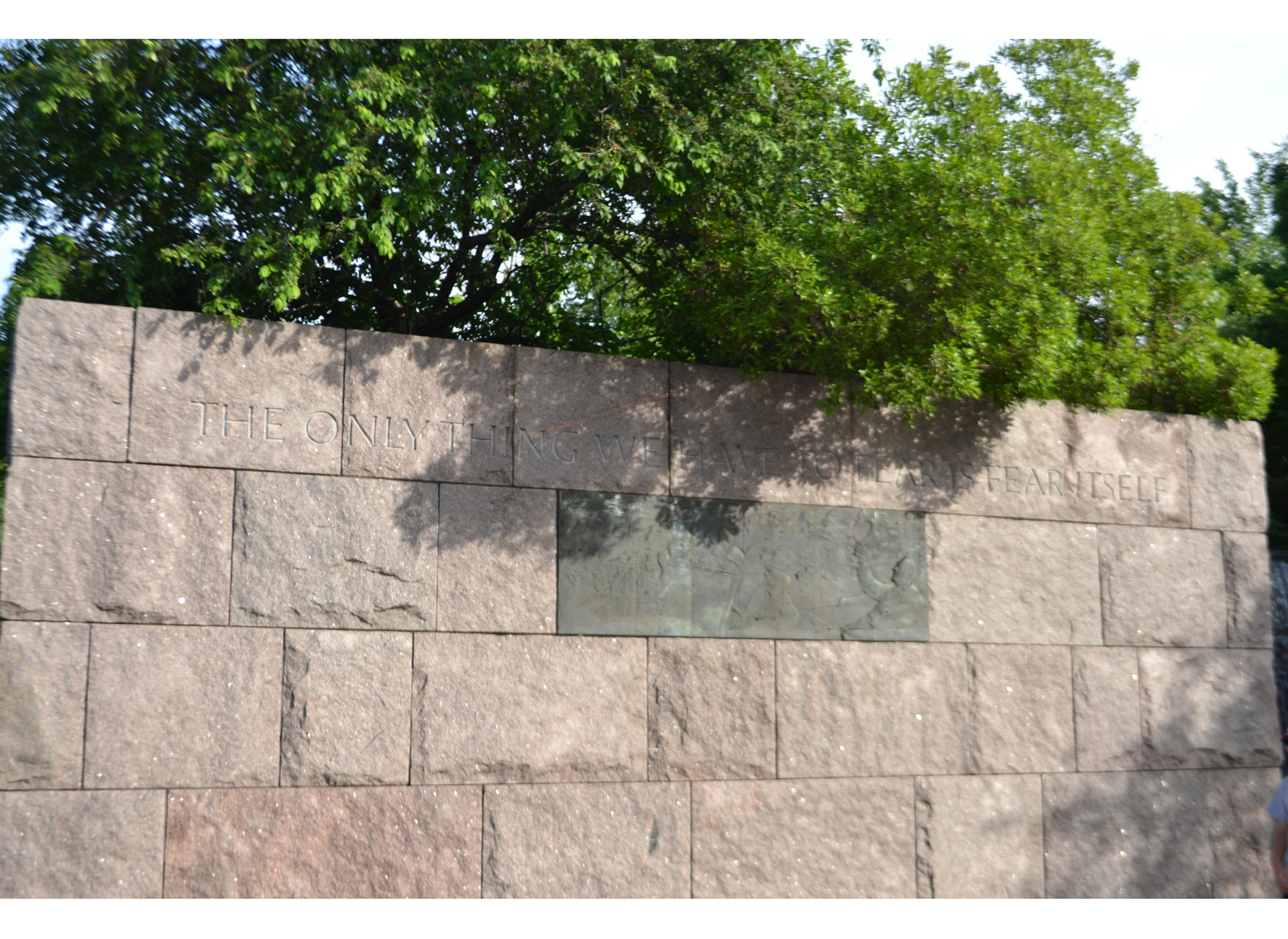

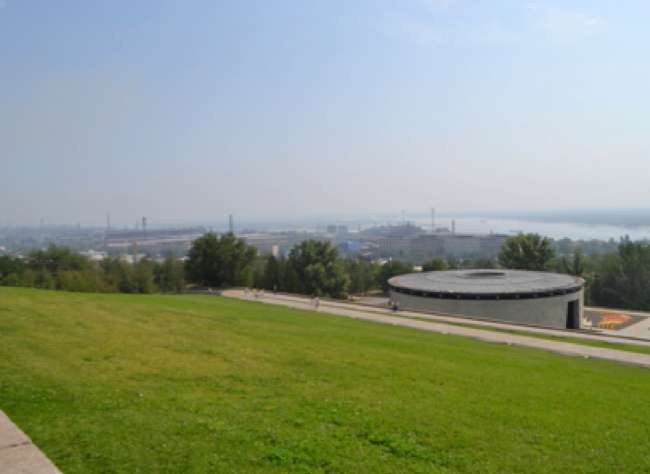
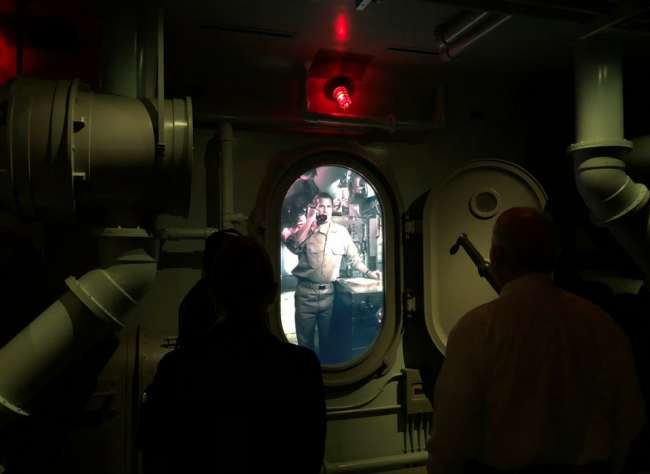
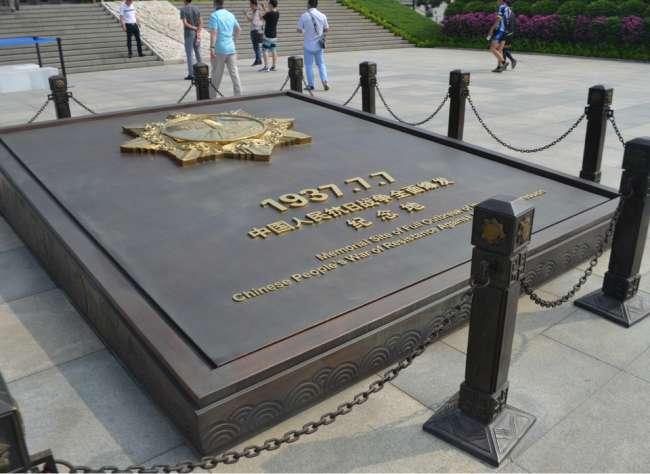



![Max Fuchs, New York City cantor, sings as Rabbi Sydney [sic] Lefkowitz, Richmond, VA, conducts the first Jewish services from Germany.](/sites/default/files/styles/max_650x650/public/2025-10/image1.jpg)



